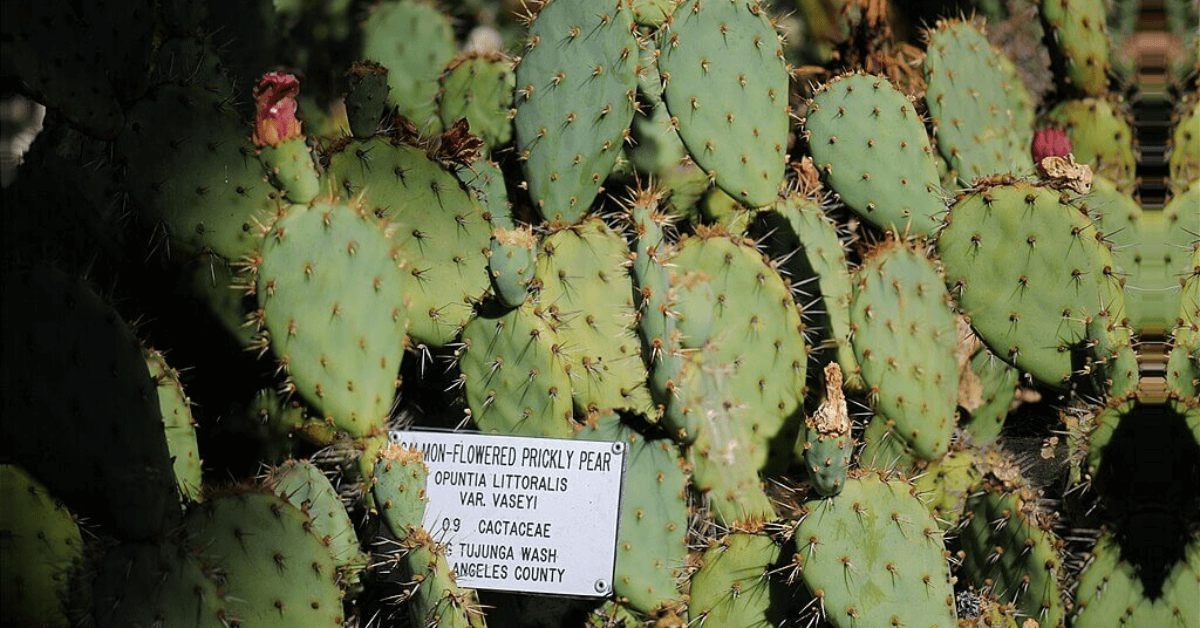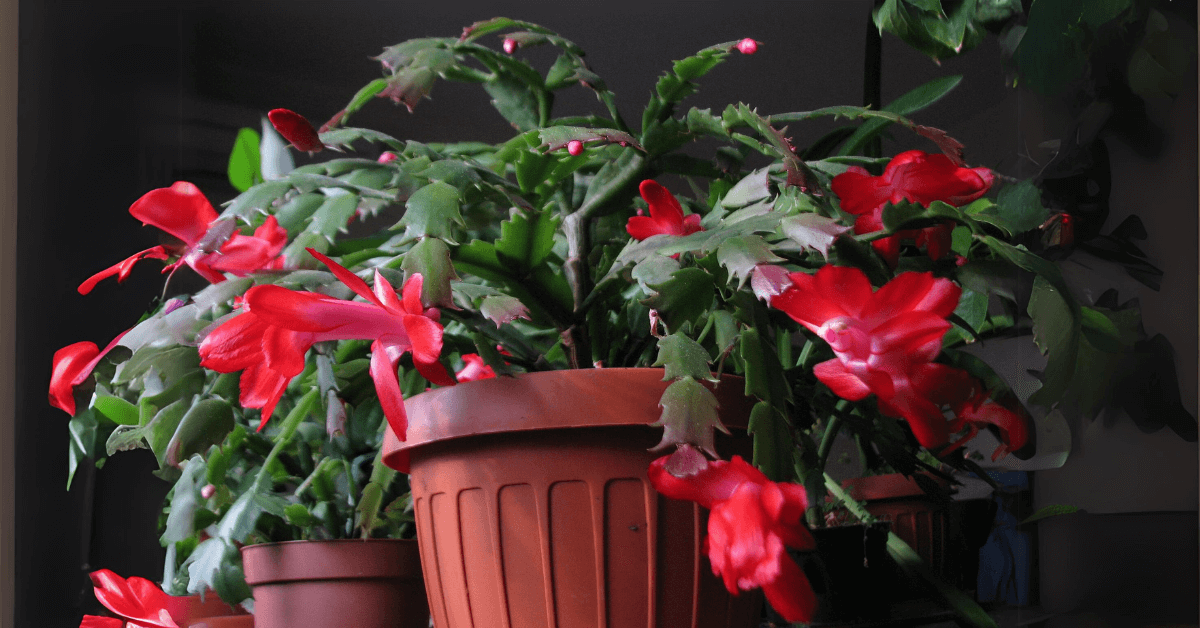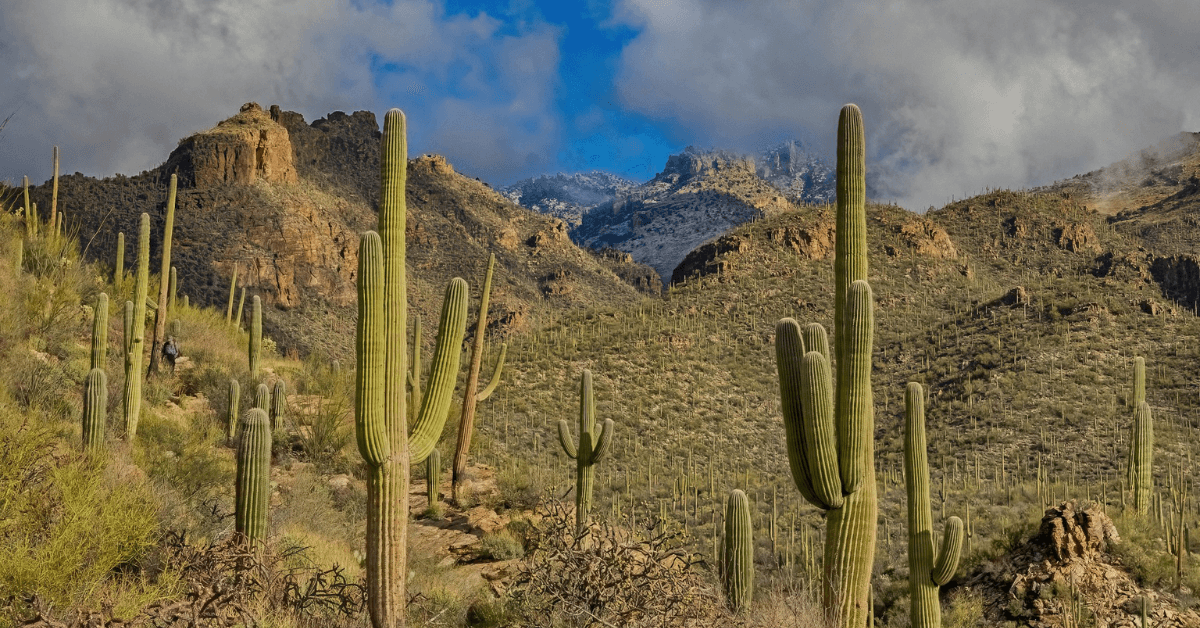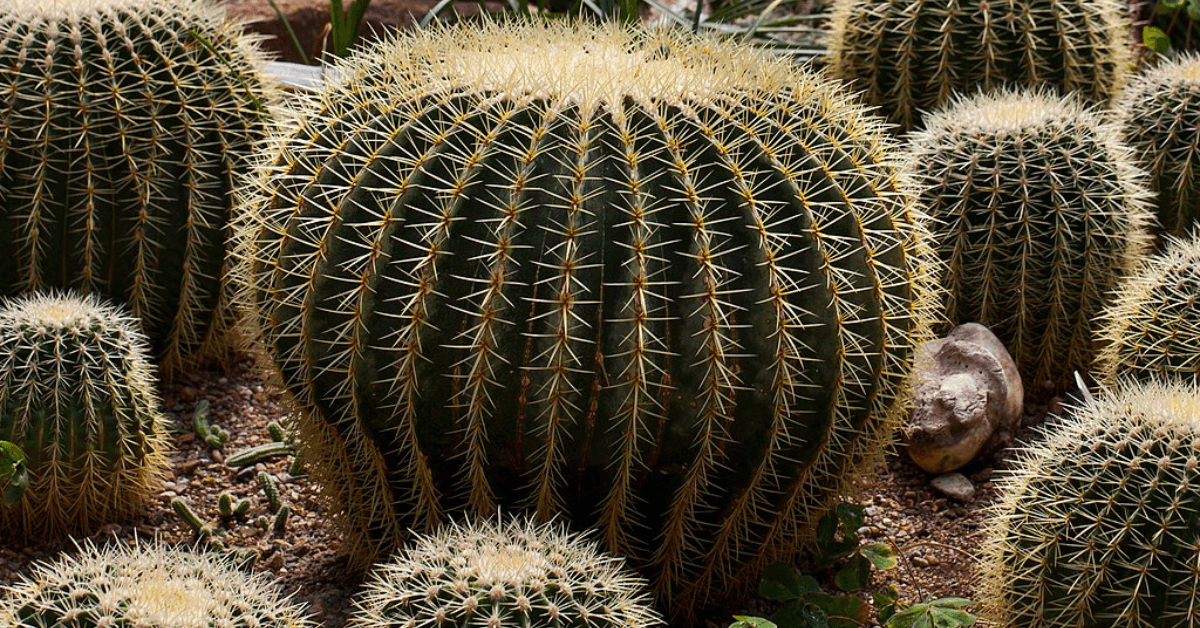IN THIS ARTICLE
Introduction to Cactus in Art and Culture
Cacti have long been symbols of endurance and resilience, often featured in art and culture to represent survival in harsh conditions.
Some artists are captivated by their shapes or colorful flowers while others see them as an embodiment of defense, affection, and motherhood among others.
This is why even when they are seen in traditional indigenous artworks or the latest designs they are still very fascinating with deeper meanings conveyed through them.
Cultural Belief
- Good Luck and Protection: In Mexican culture, cacti are believed to bring good fortune and act as protectors against negative energies, often used in homes and workplaces.
- Symbol of Resilience: Cacti represent resilience and adaptability due to their ability to thrive in harsh environments, symbolizing strength and perseverance across various cultures.
- Spiritual Significance: In some Native American cultures, cacti are considered sacred and used in spiritual rituals, believed to connect individuals with nature and enhance spiritual growth.
- Traditional Medicine: In Latin America, cacti are used in traditional medicine to treat ailments such as digestive issues and skin conditions.
- Symbol of Hospitality: In Southwestern U.S. and Mexican traditions, cacti symbolize hospitality and are used in gardens and decor to welcome guests.
Historical Significance
- Prickly Pear Cactus: Used historically in Mexico as a food source and natural fence, symbolizing resilience and family boundaries. It was also featured in Malta’s emblem (1975–1988) and is the official plant of Texas.
- Mexican Coat of Arms: Depicts a golden eagle perched on an Opuntia cactus devouring a rattlesnake, commemorating the Aztec legend of Tenochtitlan’s founding.
- Cactus Curtain: In 1961, Cuba planted a 13-kilometer barrier of prickly pear cactus along Guantanamo Bay to prevent escapes, known as the “Cactus Curtain.”
- Israeli Symbolism: The cactus fig, or tzabar, represents the Israeli sabra, symbolizing a tough exterior but a sweet interior, reflecting resilience and sensitivity.
- Palestinian Symbol: The prickly pear cactus symbolizes resilience and patience, associated with the Palestinian diaspora and historically used to mark land boundaries.
Cactus in Native Cultures
For thousands of years, various Native populations all over North America have relied on these plants for subsistence, culture, and spirituality.
The extraordinary ability of cacti to thrive in extremely dry places, alongside their use as food, medicine, or symbols makes them not merely a source of supply but also an important component of cultural practices and belief systems.
Spiritual and Religious Practices:

- Vision Quests and Ceremonies: Some tribes incorporate cacti in their spiritual rituals. The Peyote cactus (Lophophora williamsii), although distinct from typical desert cacti, is used sacramentally by the Native American Church for its psychoactive properties, facilitating spiritual experiences and community bonding.
- Protective Talismans: Cacti motifs are used in amulets and totems believed to offer protection and ward off negative energies.
The symbolism of Cactus:
Cacti embody survival in harsh environments, symbolizing strength, resilience, and the ability to thrive despite adversity. This symbolism is often reflected in tribal art, storytelling, and ceremonial practices.
Healing and Medicinal Uses of Cactus

- Pain Relief and Healing: Various cacti are used in traditional medicine to treat wounds, burns, and inflammation. The mucilage from cacti like the prickly pear is applied to soothe burns and skin irritations.
- Nutritional Supplements: Cactus extracts are valued for their vitamins, minerals, and antioxidants, supporting overall health and wellness.
Cactus in Culinary Traditions

Prickly Pear (Opuntia spp.): Many Native American tribes, including the Navajo, Hopi, and Apache, have relied on the pads (nopales) and fruits (tunas) of the prickly pear cactus as a vital food source. These are consumed fresh, dried, or processed into various dishes.
Saguaro (Carnegiea gigantea): In the Sonoran Desert, the Seri and Tohono O’odham peoples harvest the fruit and seeds of the saguaro cactus. The fruit is often made into syrups, jams, and alcoholic beverages.
Other Edible Cacti: Various other cactus species are also used in culinary practices, including the barrel cactus, whose seeds are ground into flour, and the cholla cactus, whose buds are harvested and cooked.
Cactus Art and Decor
Cacti have inspired a wide range of artistic expressions and decor, from modern art to traditional folk art, paintings of cactus, and beyond.Their unique forms, resilience, and symbolic meanings make them a popular subject in various artistic mediums and home decor.
Cactus in Modern Art
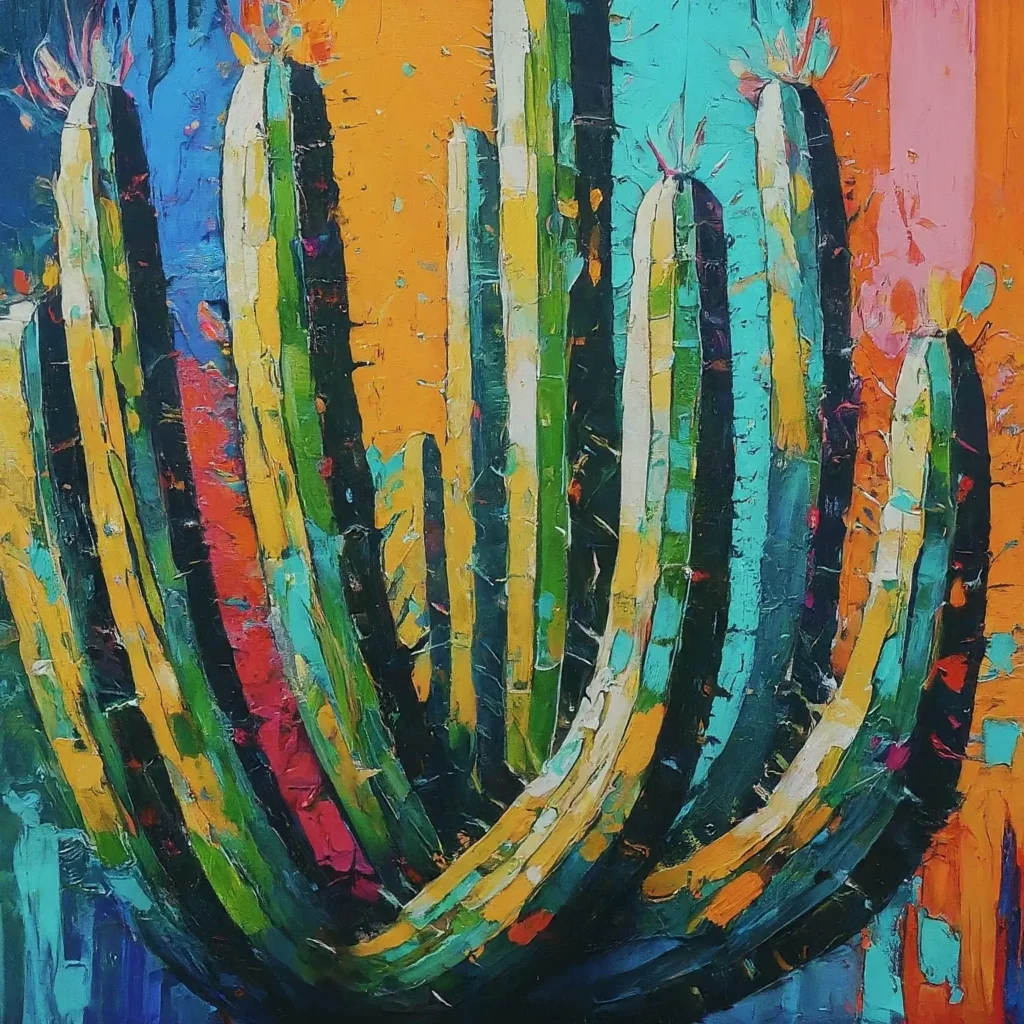
Cacti are frequently featured in modern art, symbolizing themes of survival, adaptation, and the beauty of the natural world. Modern cactus art can be found in galleries, public spaces, and installations, often pushing the boundaries of traditional art.
Cactus in Folk Art

In folk art, cacti are celebrated for their connection to the land and cultural heritage. Vibrant and colorful, cactus motifs appear in textiles, pottery, murals, and other traditional crafts.
Botanical Cactus Illustrations
The botanical illustrations of cacti showcase their complicated features and diverse designs. Made with scientific accuracy, these drawings serve both educational and decorative functions.
Cactus in Home Decor
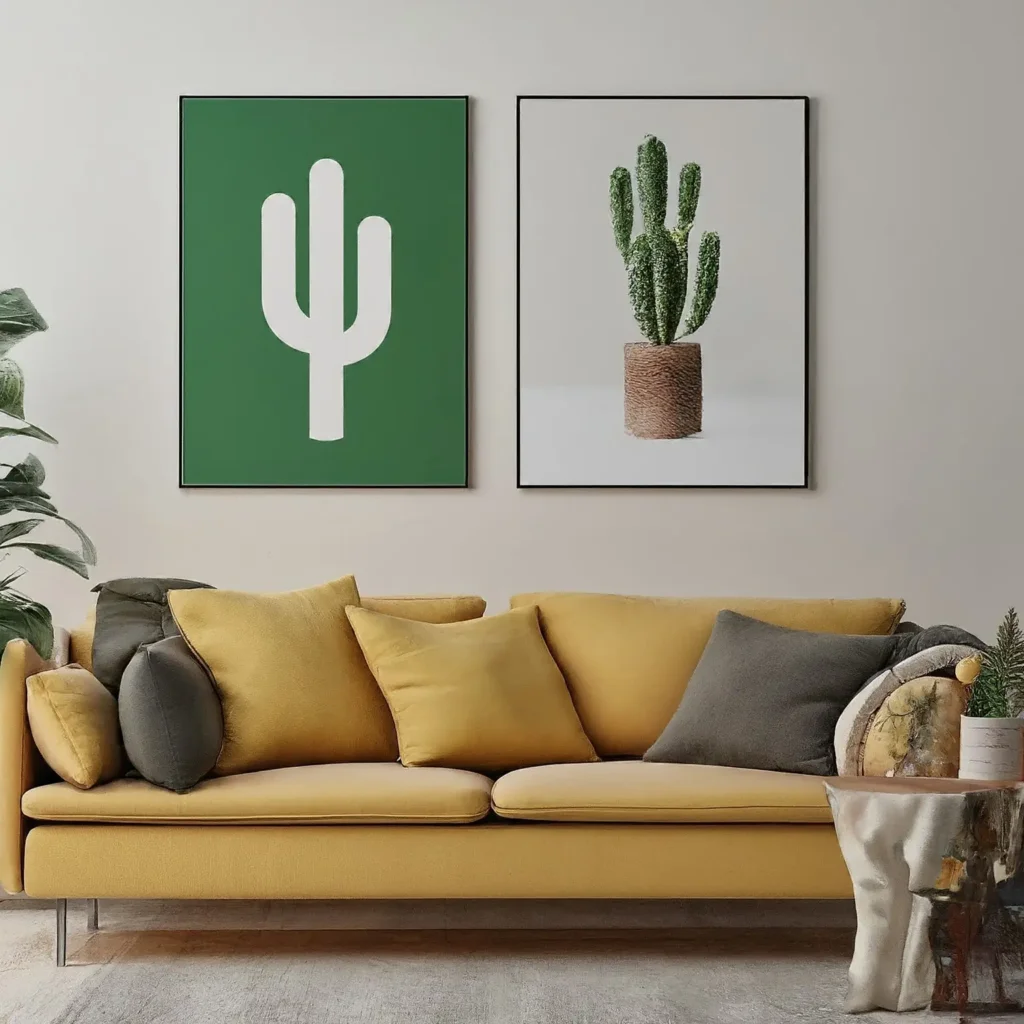
Home décor often features cacti, which add a natural element and serenity to the indoor environment.
Various items such as cushions, and prints(cactus print) decorated with cactus patterns, cactus-shaped lamps, cactus wall art, cactus wallpaper, and vases bring the desert beauty into homes.
Modern, minimalist design is achieved through the use of cactus decorations such as cactus wallpaper for wall or cactus peel and stick wallpaper. These types of decorations are also used in creating a bohemian or southwestern atmosphere.
Photography of Cactus
Cactus photography is popular in both fine art and commercial settings, often used to convey themes of strength, solitude, and natural beauty.
Photographers often focus on the textures, patterns, and landscapes where cacti thrive, creating images that range from serene to striking.
Cactus in Sculpture
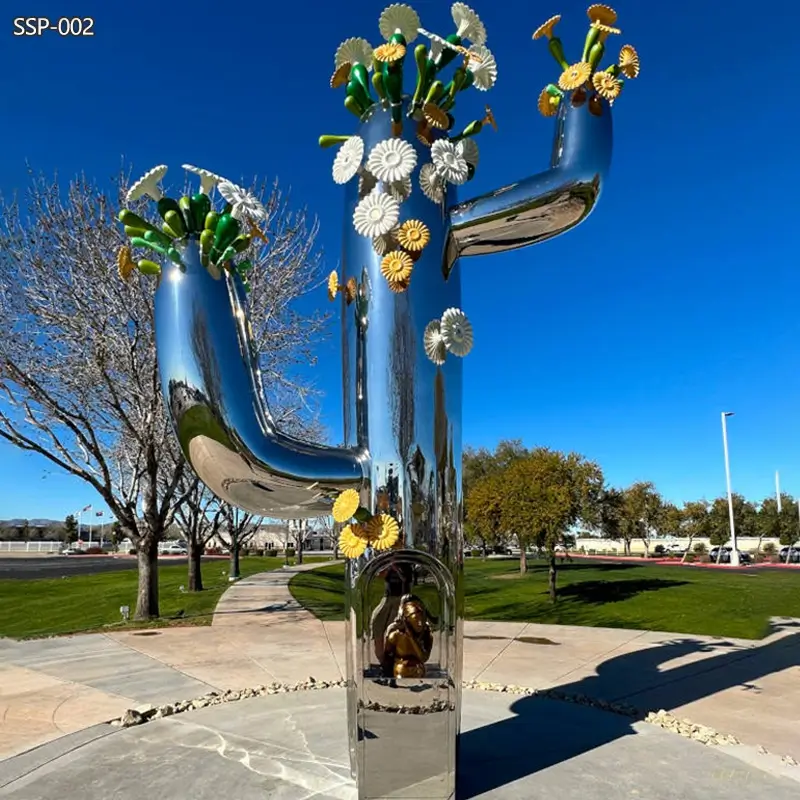
Native artisans often incorporate cactus forms into carvings and sculptures, celebrating their cultural importance and natural beauty.

